Japan History
Tameshigiri – Test Cutting History and Techniques
Tameshigiri History and Techniques
Tameshigiri means test cutting, for the benefit of improving the swordsmen’s sense of Maai in Kendo, as well as their sword cutting skills. However, it does not develop progressive realistic targets and does not exist to show off strength.
For the longest time, Tameshigiri has been practiced in Japan. This test cutting has been used on armor or on the bodies of dead and live criminals.
A lot of known swordsmiths of that time sought the aid of specialist swordsmen for Tameshigiri. Some of them even described the success of a cut on the Tang.
One swordsman in history described having to cut through seven bodies in one stroke.
What are the Targets Used for Proper Tameshigiri?
Tameshigiri is executed on one of two types of targets, straw or bamboo. Materials used are processed straw for convenience, the material used for covering tatami mats found in Japanese homes. The target set on a stand or in a suspended position, allowing the classic cutting angles to slice the target.
What are the Origins of Tameshigiri?
Tameshigiri means test cutting. Only skilled swordsmen could test swords. Here, the warrior’s skill was not an element to determine the sword’s efficiency.
The materials used to test swords came in wide varieties. Some substances were Wara or rice straw, bamboo, Goza or the top layer of tatami mats, and thin sheets of steel.
Additionally, there were other different cuts tested on cadavers. These were also tested on convicted criminals and the cuts were from the Tabi Gata to the O-Kesa.
Some of the older swords found today have captions on their Nakago about the various kinds of cutting. Some have inscriptions such as “5 bodies using the Ryu Guruma”. This refers to Tameshi or Saidan Mei which adds more value to the sword.
Its value was like compensation to the sword owner. To have such a test, he would spend large amounts of money on this.
What are the Other Cuts for Tameshigiri?
Aside from these specific cuts on cadavers, there were some normal cuts as well. These were from Japanese swordsmanships like the Kesa Giri, Kiri Age / Gyaku Kesa, or Jodan Giri to name a few.
There is a mythical story of a convicted criminal who made a joke after learning that he will face execution. The sword tester stated that he would see death with the Kesa Giri cut. The criminal laughed, stating that if he’d known this, he would’ve swallowed stones to damage the blade.
What was the First Example of Quality Control?
Investing a lot for a Samurai blade was necessary. This is why strict disciplines and rules were necessary to keep a sword in top condition.
One of these investments was Tameshigiri. Here, sword owners who wanted to know and test the sharpness of their blade would pay for the test. They paid a high price for Tameshigiri since it was a violent way of trying the sword. Plus, it engaged a practitioner with skilled eyes and hands to complete this.
Tameshigiri was also used for budding Samurai warriors. It allowed them to get more comfortable with the feel of their sword. Practice always makes perfect. But in this case, it could lead to someone losing their finger if they weren’t cautious.
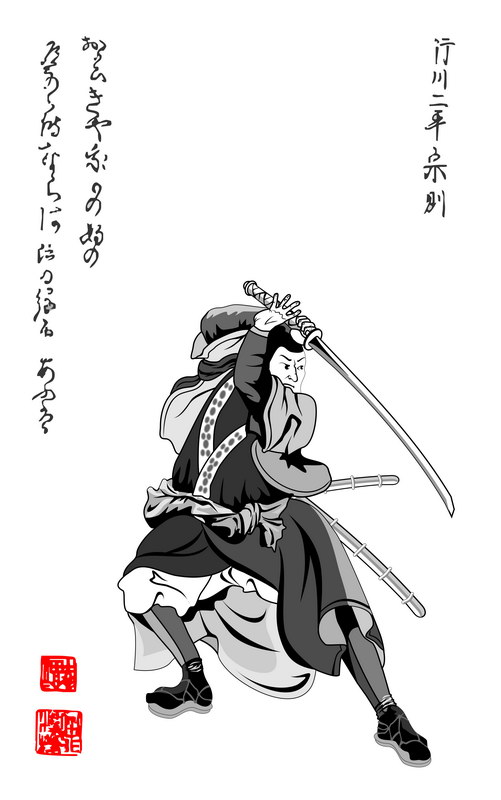
What are the Basic Cutting Techniques?
Basic cutting styles need to have swinging actions that pull or pushes the blade at the target. Other elements needed to be are a proper grip, an effective stance, and foolproof provisions. The provision is vital for stopping the sword after one cut and ready for any other attack.
Basic Tameshigiri practice educates students of these four important principles. These should be the basis for all future styles and executed with no conscious thought.
The Wazamono
Wazamono translates to swords that cut excellently. A learned man of swords named Tsuge categorized the swords based on how well they cut. This was during the first half of Shinshinto in the year 1797.
Tsuge classified these swords with the help of a man known as a master swordsman. Another was from an individual called Yamada Asaemon who specialized in execution.
Primarily, they classified Shintou. This is because most of the Samurai during this period used Shintou in ordinary times. Swords placed under four categories such as how well and effective the blades cut. These include the following:
-
Saijyou Oowazamono
This specific category allowed the blade to completely cut off a part. This depended on which part was the target.
-
Oo Wazamono
The blade cut was about 90% of the targeted part.
-
Yoki Wazamono
For the Yoki Wazamono, this specific cut had the sword slice off about 80% of the target area.
-
Wazamono
The Wazamono is a kind of cut that had the sword slice off around 70% of the target.
To see how well a blade could cut, they chopped a man who was around forty to fifty years of age. Another choice was a man who had a strong build and attended physical labor.
For generations, the Yamada family determined the cutting ability of the Tokugawa clan’s swords.
This was the standard business of the Yamada and the Daimyo agreed to their request. They decapitated criminals as a side job. They obtained dead bodies of criminals for chopping to judge the swords of the Tokugawa clan.
How did Yamada family test the Sword’s Quality?
The Yamada family were the most well-known Otameshi-Geisha. They used three methods to judge a sword’s cutting ability.
These included Iki Dameshi or chopping a man alive and the Shinin Dameshi or chopping a corpse. The last one was the Katamono Dameshi or chopping sharp objects such as iron.
The skill of the Yamada family was highly popular. Two books by this family explain the proper cutting techniques on the human body.
One was the Kaiho Kenjaku which translates to The Basics of Evaluating a Blade written by Yamada Asaemon Yoshitoshi in 1797. The other book is the Kokon Kaji Bikô which Yamada Asaemon Yoshimutsu wrote in 1830.
Commonly, the Yamada used dead bodies to judge a sword. They raised both hands of the dead body then made the corpse lay horizontally between bamboo sticks. They chopped around the underarms of the corpse.
When chopping, they made use of a specific type of Tsuka. They also named each body part since these had different levels of hardness. The neck and the armpits were the hardest, followed by the hips. Meanwhile, the softest part was the abdomen.
Normally, they would hold the Tsuka with both fists put together. They held the Tsuka in this way since it increased their speed when swinging the sword downward. They held the sword high over their heads.
Does Katana Curvature Add Performance Benefits?
Deadly and Powerful – Samurai Polearms
Differentially Hardened Katana
Aratameshi – a New Form of Sword Testing
During the Bakumatsu period, swordsmen began practicing Aratameshi. Unlike Tameshigiri, this new form of testing does not make use of cadavers.
The sides, back, as well as the sword’s cutting edge, are stuck with the staff. This is to conclude the strength of the blade.
For the staff, this had a diameter of 60 centimeters while its length is 181 centimeters and made of oak.
Another method to test the sword was by cutting bamboo wrapped in straw. These materials imitated the density of human flesh and bone.

For the third method, swordsmen cut deer antlers. Maintaining a balanced Ha-Niku for cutting bamboo wrapped in straw and deer antlers were not easy. One is soft while the other is hard, requiring different kinds of Niku.
The final method of testing made use of water. With a large tub full of water, the blade’s sides were flatly struck against the water surface. This shows how well a blade can handle high levels of impact. A blade, not well-crafted would break while undergoing this test.
The above was the standard form of Aratameshi. During the Edo period, Tameshigiri was the method of test cutting for swords. This was completely different since the targets and the purpose of the test differed.
For Tameshigiri, the purpose of testing the blade was to know its cutting ability and durability. Flesh and bone were the targets for this test. There were also a set of rules.
Trained swordsmen from certain schools used specific movements. Tameshigiri also tests a swordsman’s skills.
The main focus of Aratameshi was the blade’s durability. Instead of using cadavers, bamboo and straw were the targets for the test.
What is Extreme Aratameshi?
Extreme Aratameshi was a rigid sword test that began during the Bakumatsu period. This was to see how much abuse it could withstand before breaking. No blade survived the test since it did not end until the blade was completely damaged.
The purpose of this training is to make up for all the unpredictable elements introduced to the blade. Before the Bakumatsu period, it was easy to predict a blade’s target and how its wielder would use it.
There were a set of rules on drawing the blade, cutting, forms to use, where to cut, and more. This is why Tameshigiri was an appropriate test for blades during those periods. When unfamiliar outsiders threatened the peaceful nation, Aratameshi and Extreme Aratameshi came about.
How is Tameshigiri Today?
In the past, swordsmen test their blades through Tameshigiri. They did this to see the efficiency of their blades.
It is all different today since people practice modern Tameshigiri to test their abilities in swordsmanship. Practitioners also use inexpensive swords.
Sometimes, people use the terms Shizan and Shito which mean sword testing or test cutting. These are the alternative pronunciations of the characters for Tameshigiri. This is to determine the difference between the traditional and modern practice of test cutting.
For modern Tameshigiri, the Tatami Omote is used to cut consecutive times on a single target or cut more than one target while moving. This requires a swordsman to be very skilled.
Usually, the factors that contribute to the difficulty of cutting include the hardness of the target material and the direction of its grain pattern. Aside from these, the difficulty of cutting can also depend on the sword. Its quality, Hasuji or angle on impact, and the Tachisuji or angle of the swing can also affect your cutting.
What are Targets Used for Modern Tameshigiri?
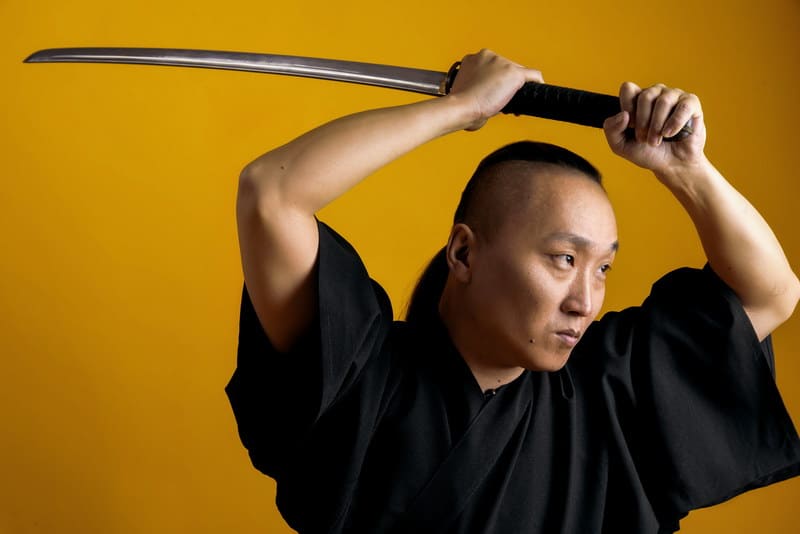
Those who practice Tameshigiri today use the Goza or Tatami Omote as a target. This is the top layer of a traditional Japanese covering for floors. The Goza can be either bundled or rolled to form a cylindrical shape.
To add density, practitioners may soak the Goza. This density is close to human flesh while for green bamboo, it is close to the density of human bones.
Rolling the Goza target into a cylindrical shape results in a display of grain patterns. When stood vertically, its grain patterns are also vertical (Dotton). When placed horizontally, the grain patterns are vertical (Dodan). The difficulty of cutting also depends on the direction of the grain.
When the straw targets stand vertically, the easiest direction to cut is downward diagonal. This is due to the impact of the cut and the angle against the direction of the grain. This is approximately 30 to 50 degrees from the surface.
Aside from the impact of the downward diagonal cut, the practitioner uses major muscle groups and rotates his body. This helps make cutting easier.
In terms of difficulty, next to downward diagonal cut is the upward diagonal cut. This has the same angle but since it’s in the opposite direction, it increases the difficulty due to being against gravity. To successfully cut upward diagonally, different muscles and rotation have to be used.
Third in difficulty is straight downward cut. This is not due to the grain pattern on the Goza, but it’s because of the muscles that the practitioner has to use.
The straight horizontal cut against the vertical target is the most difficult. This is directly perpendicular and it completely goes against the direction of the target.

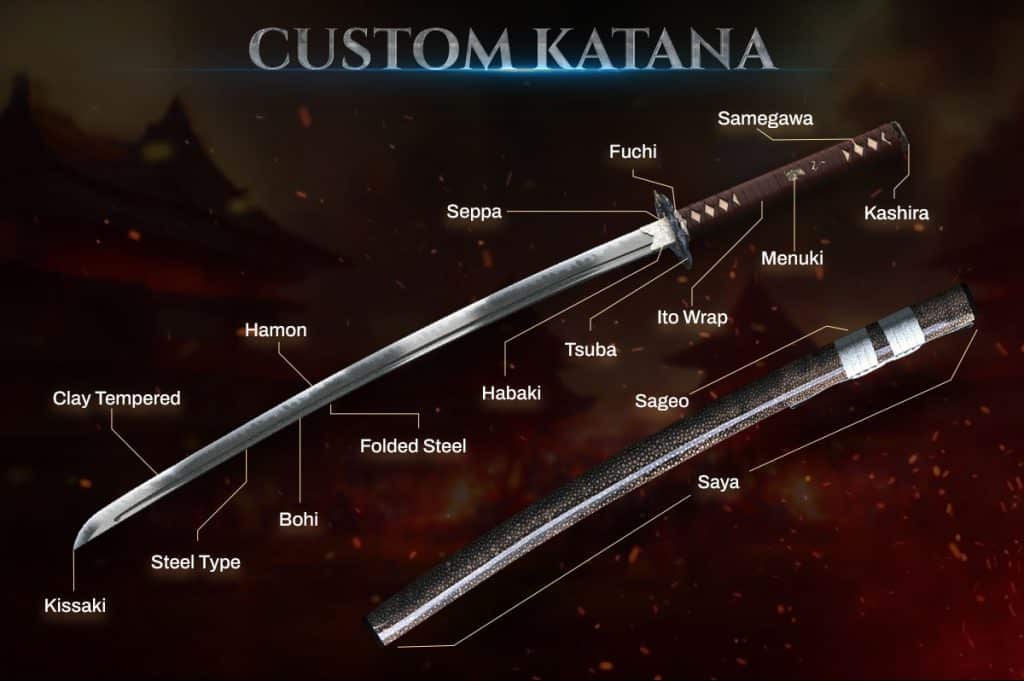
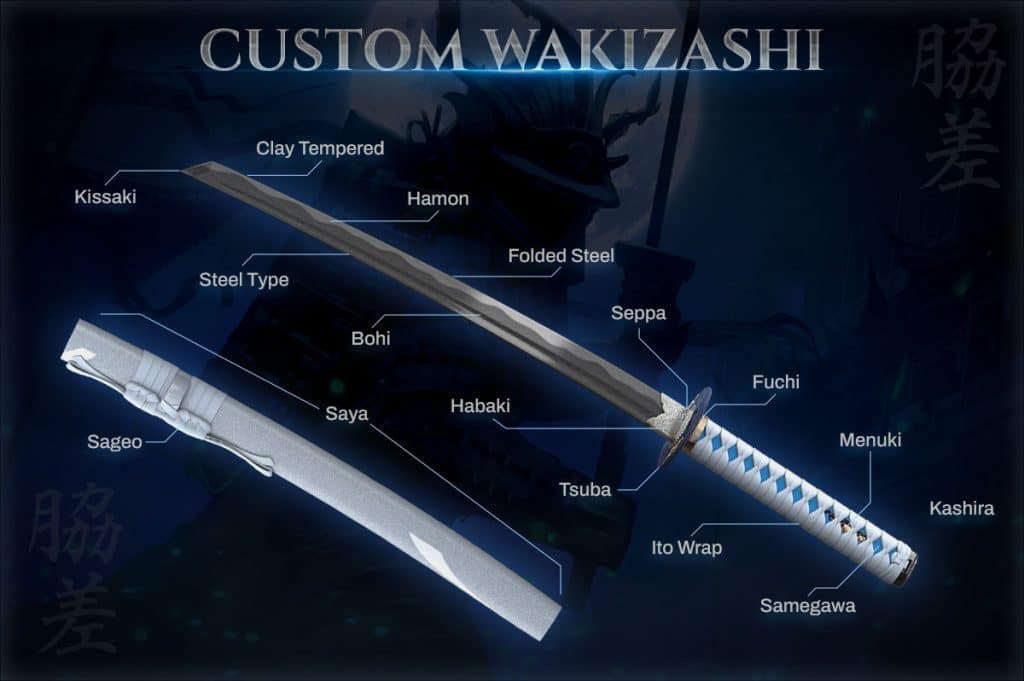
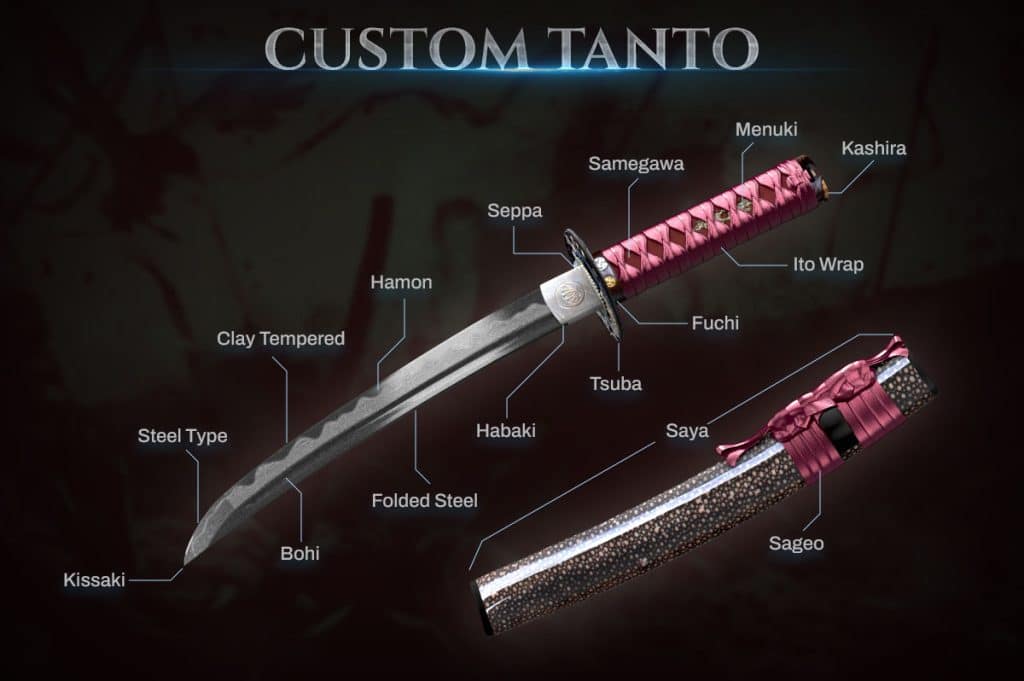
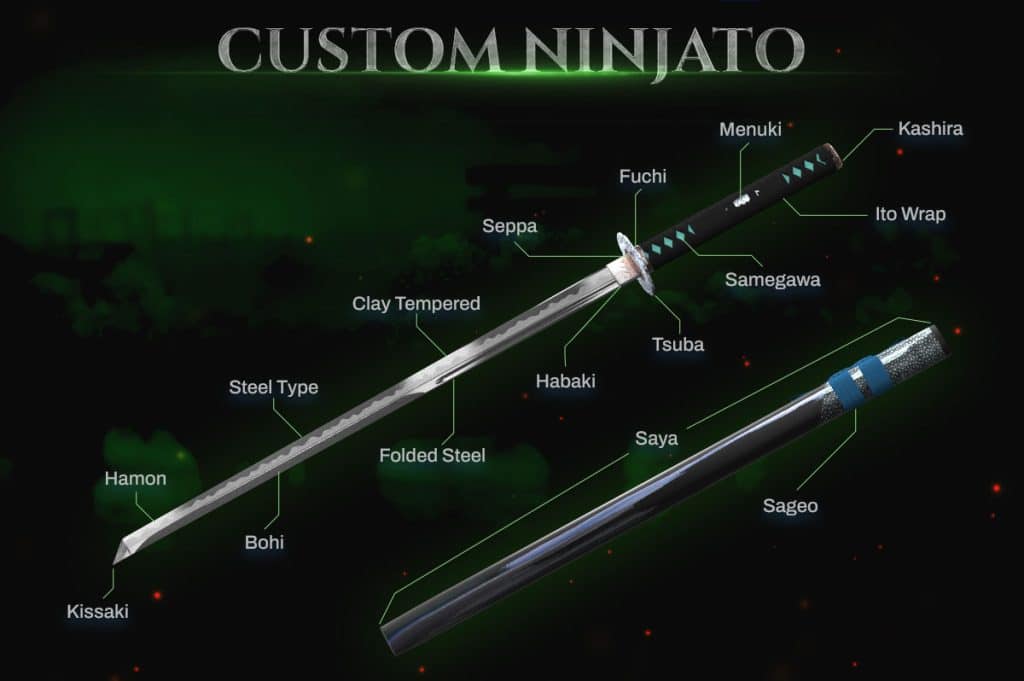
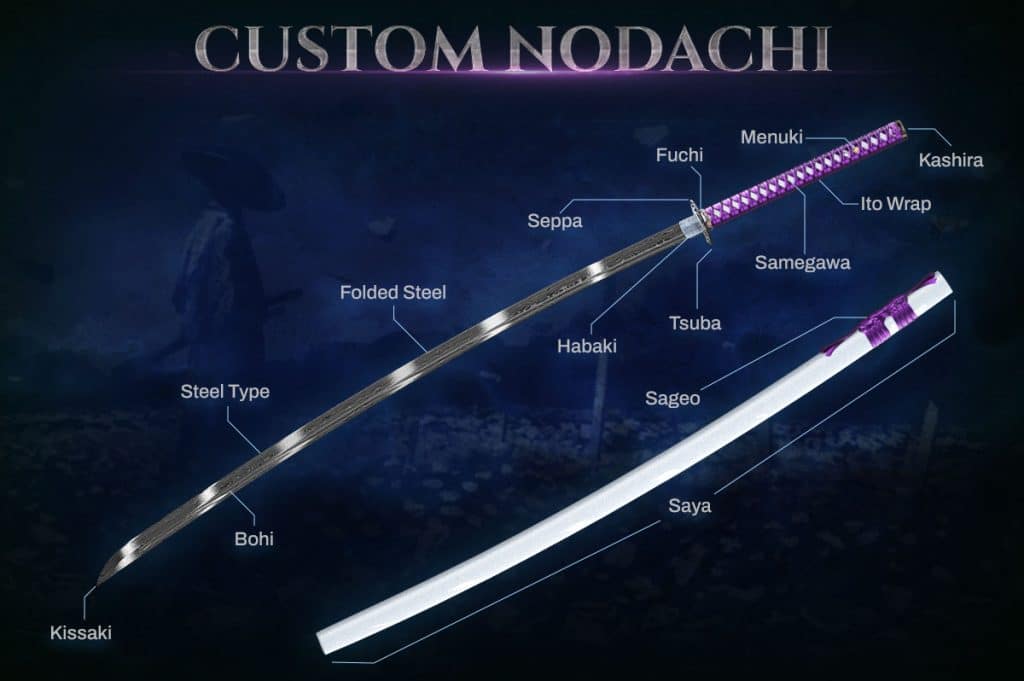
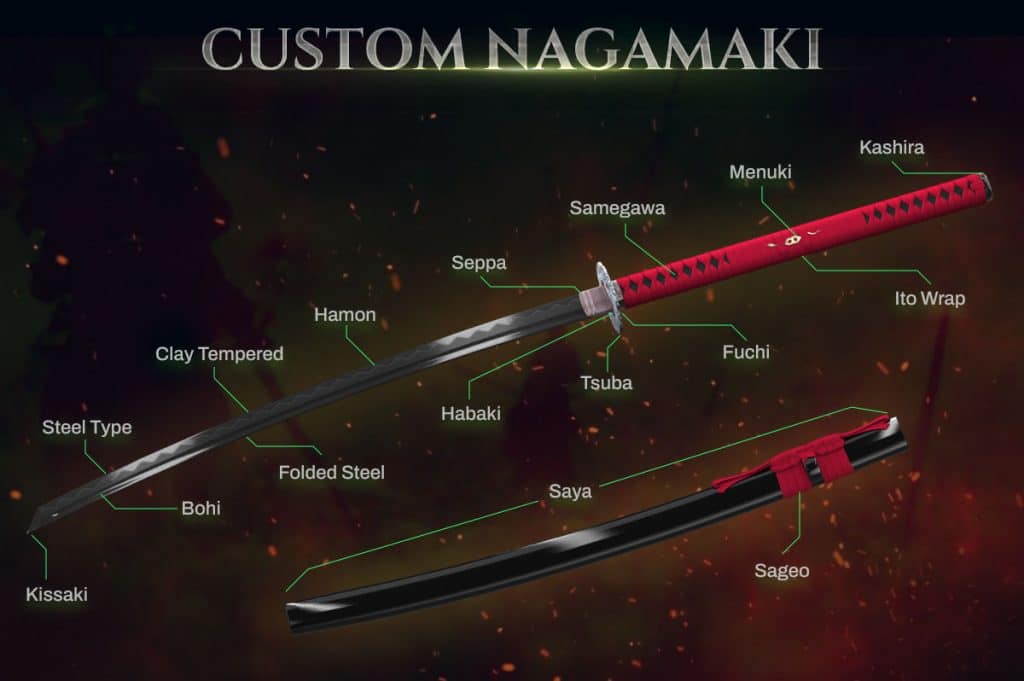
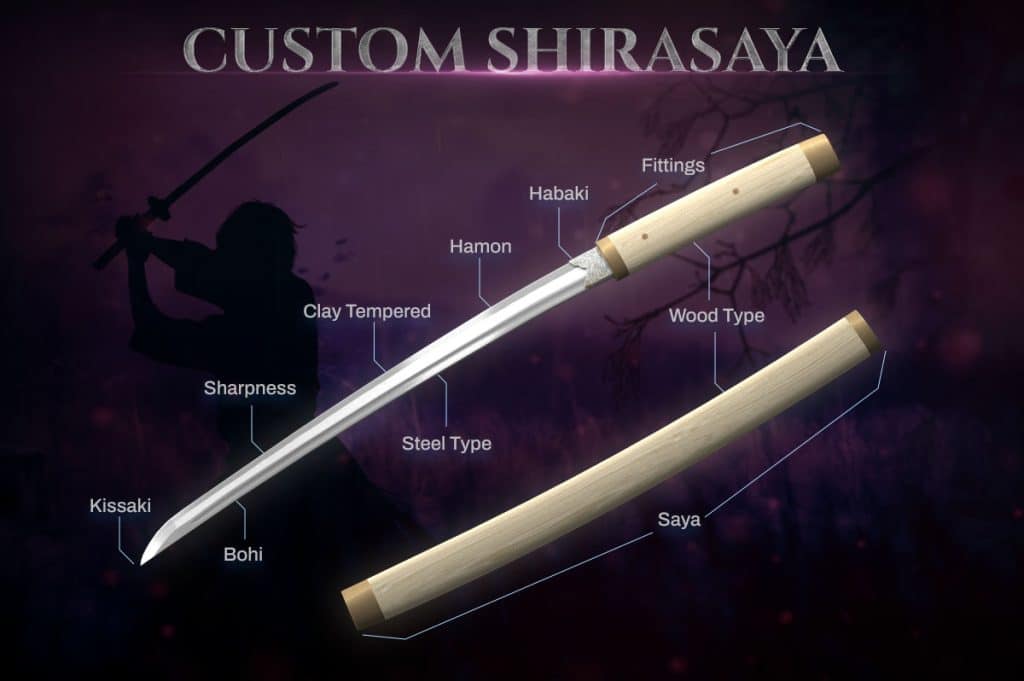
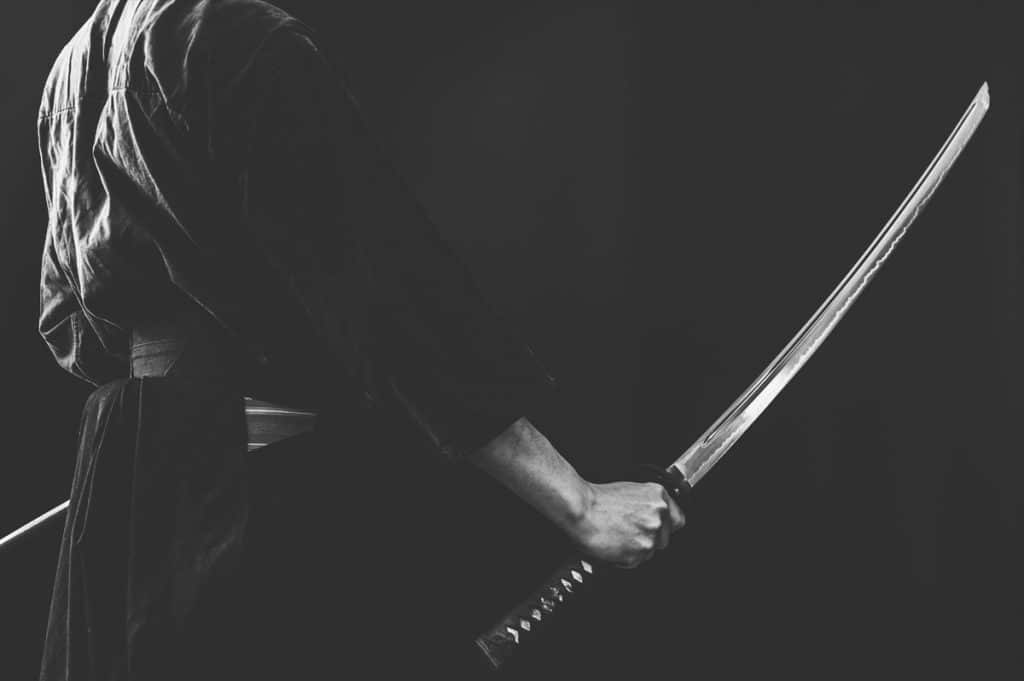
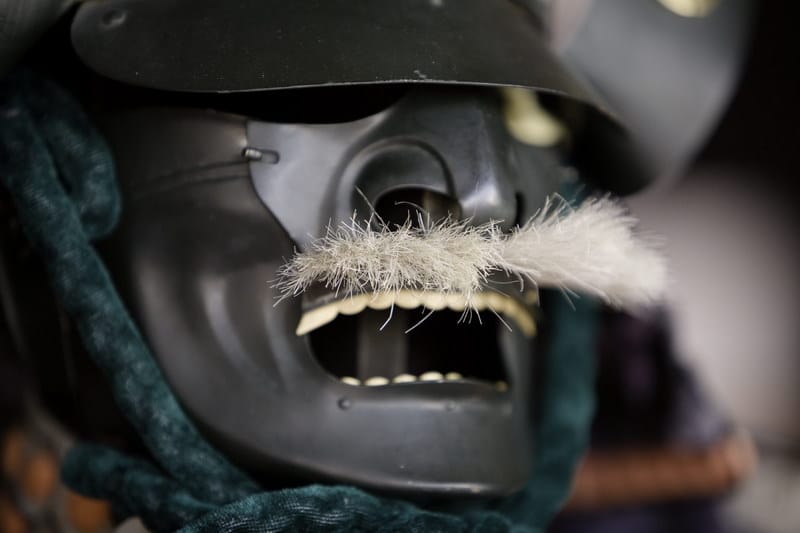
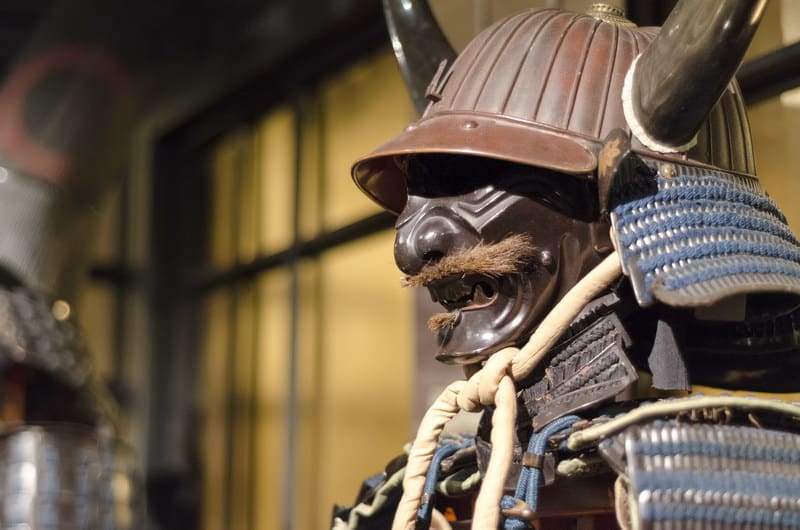
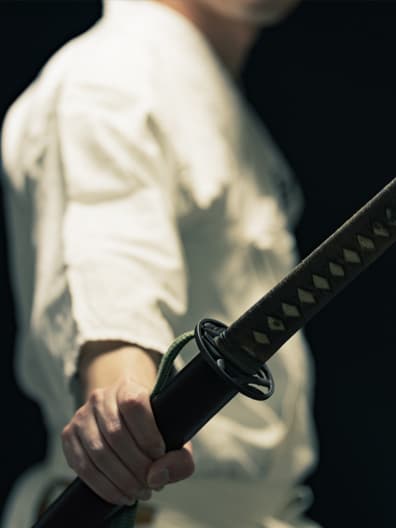
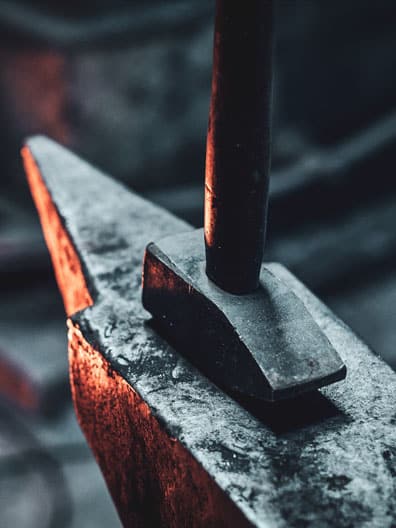
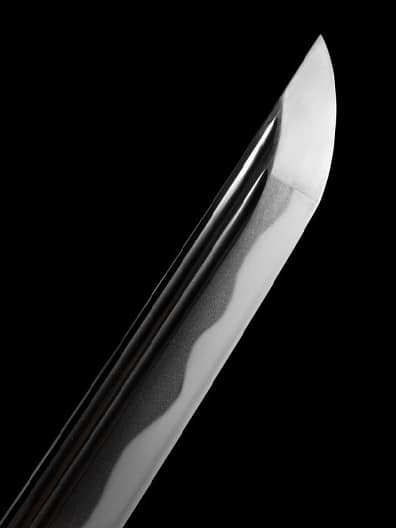
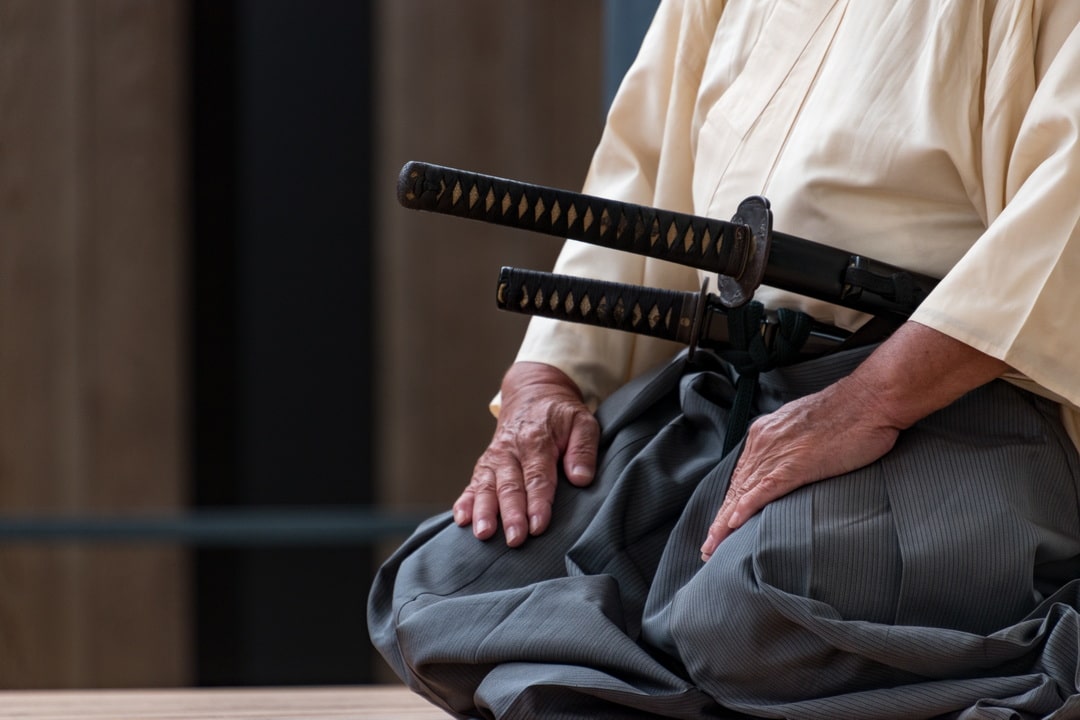
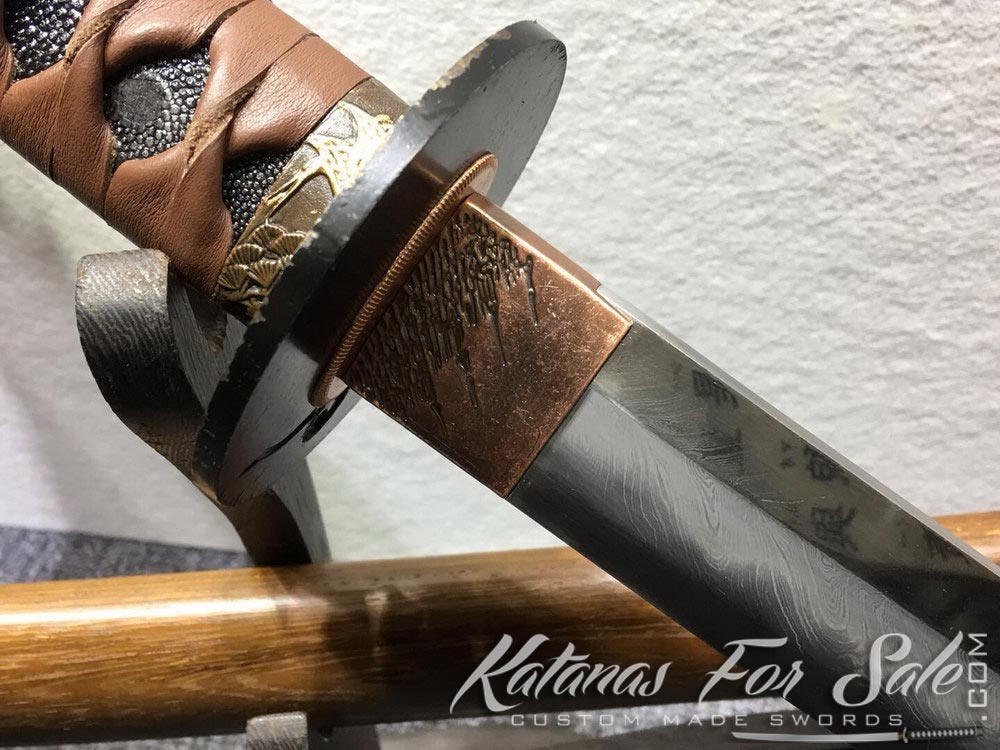
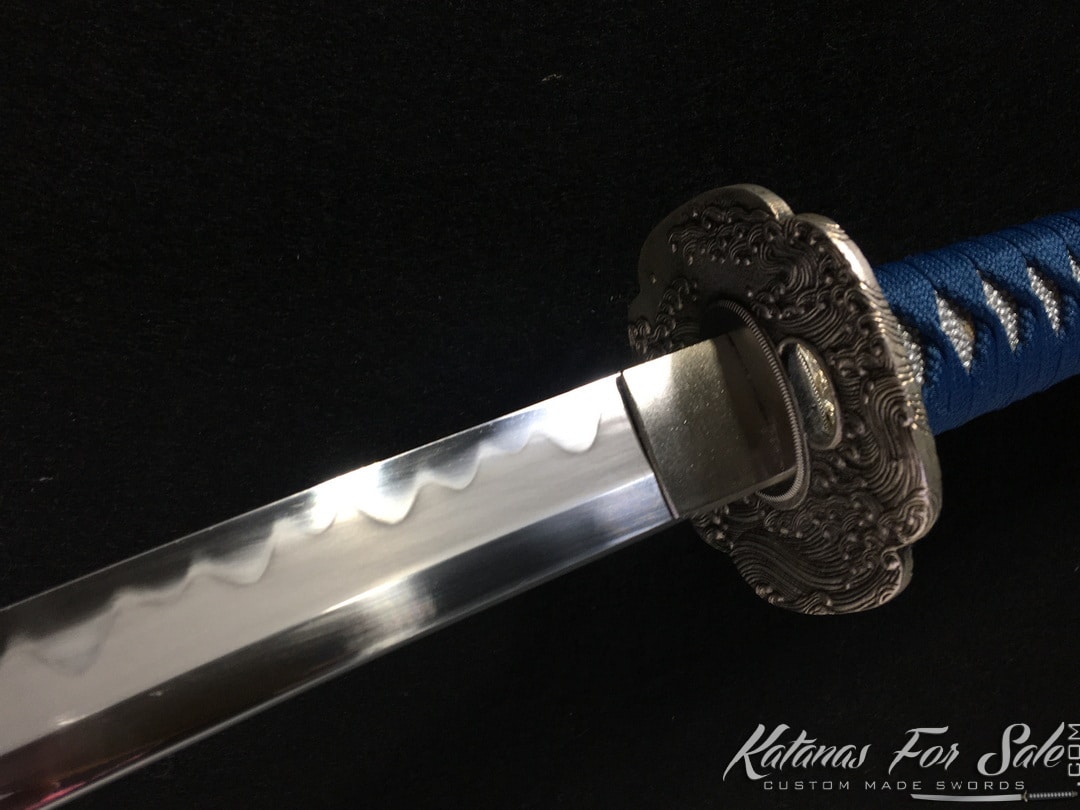
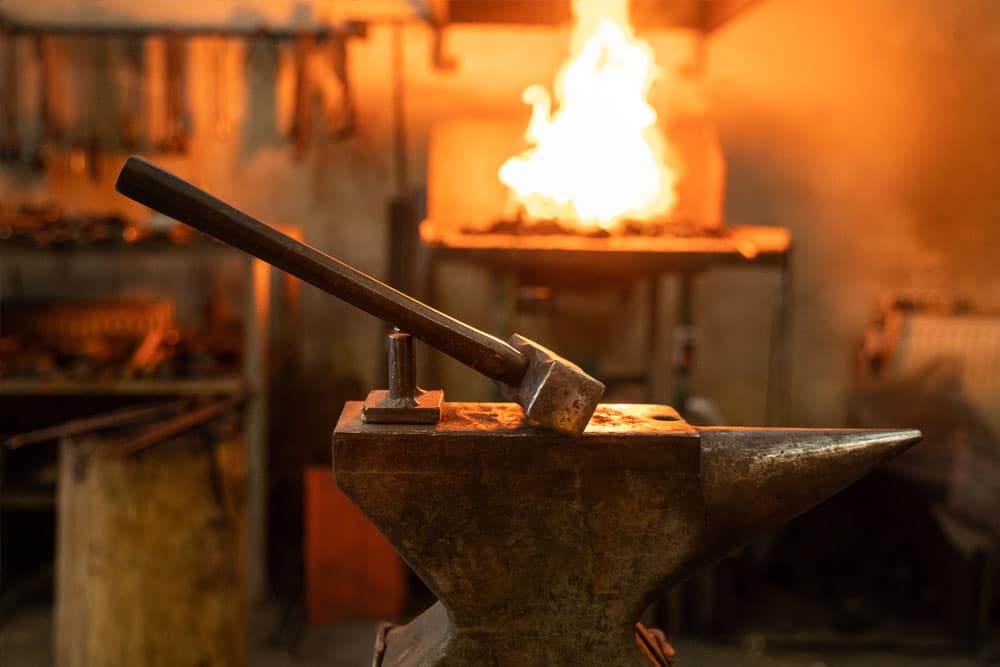

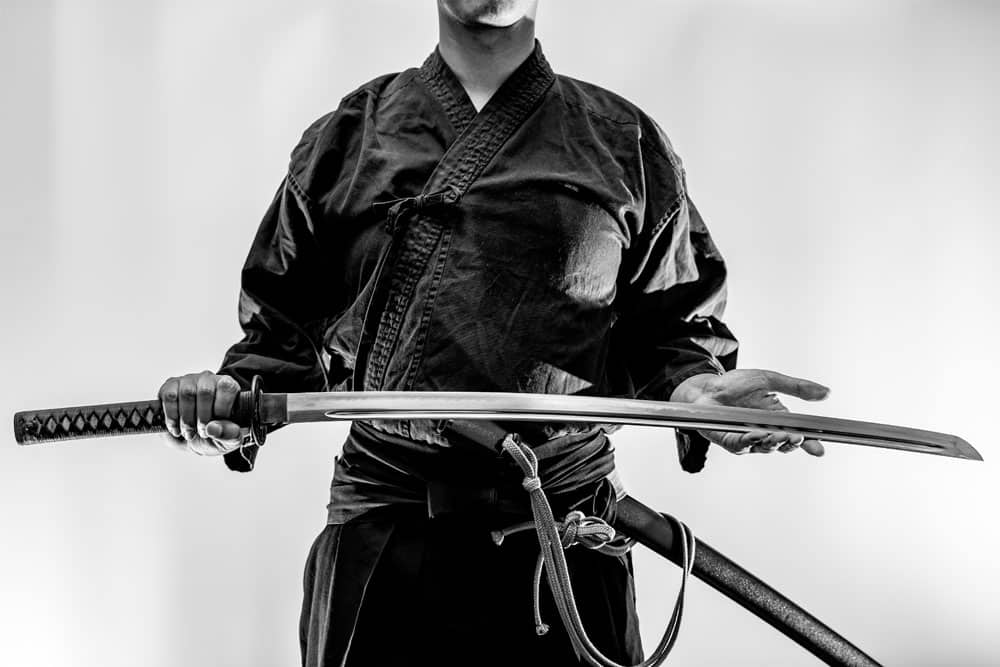

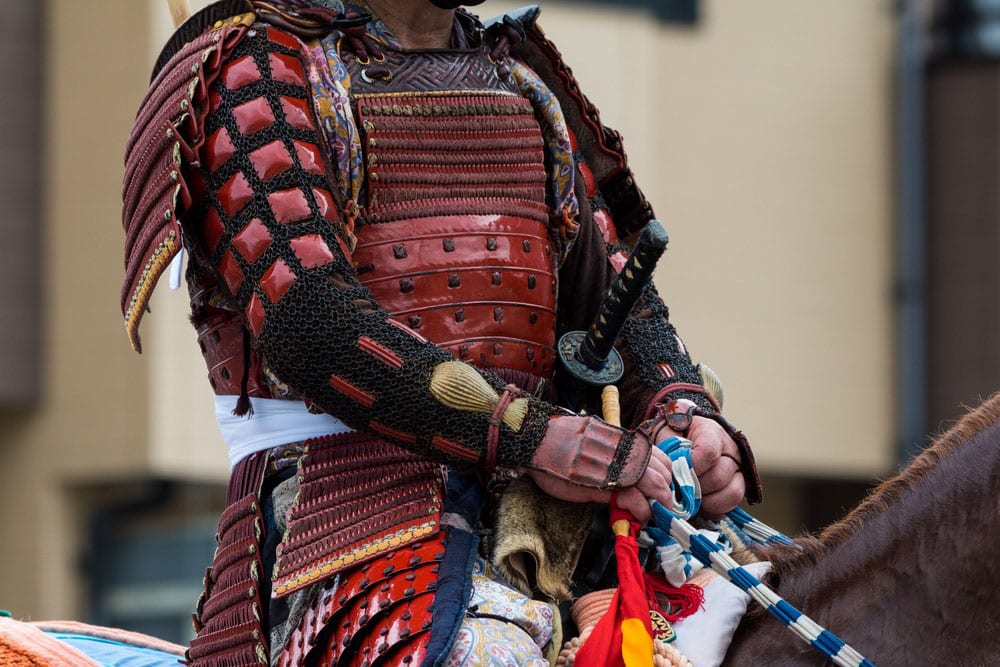
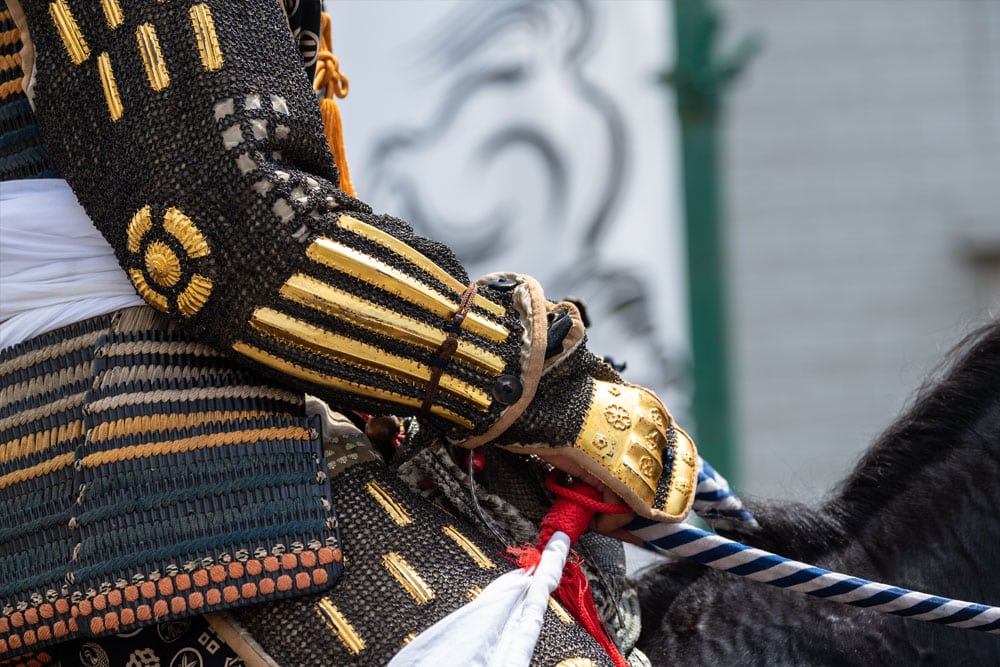
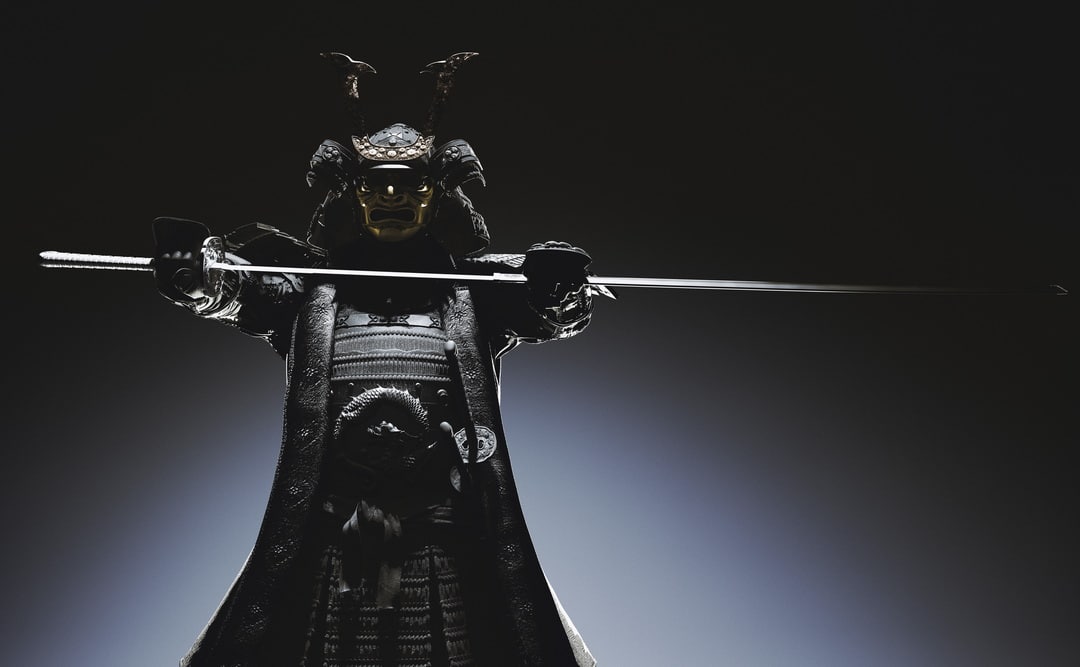
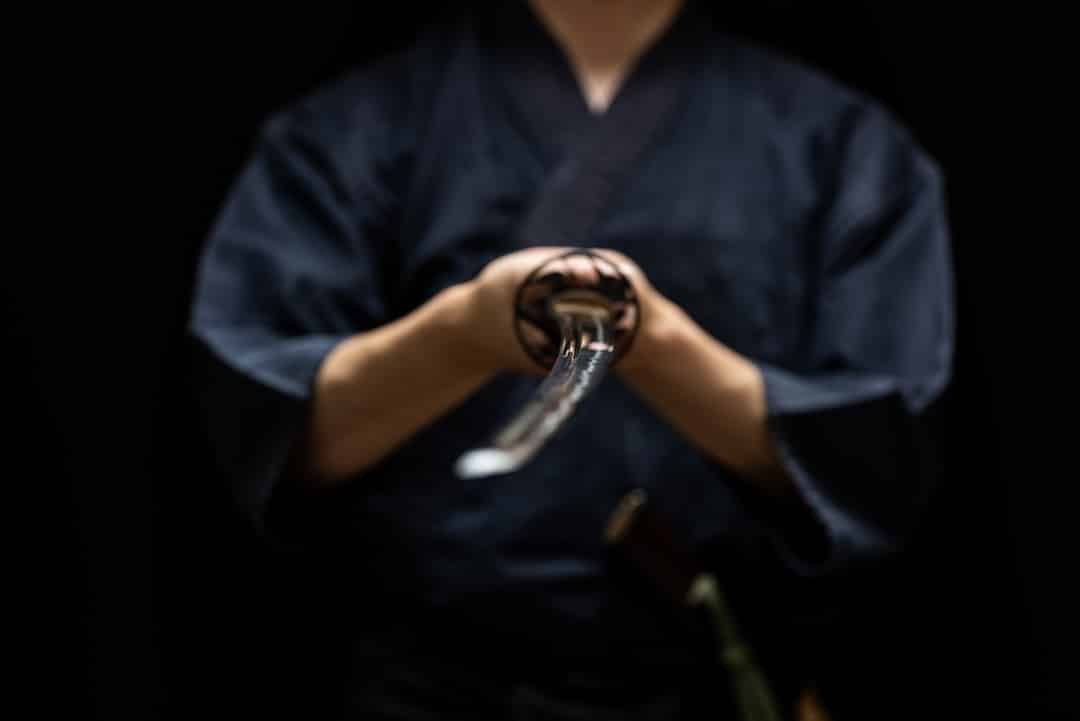
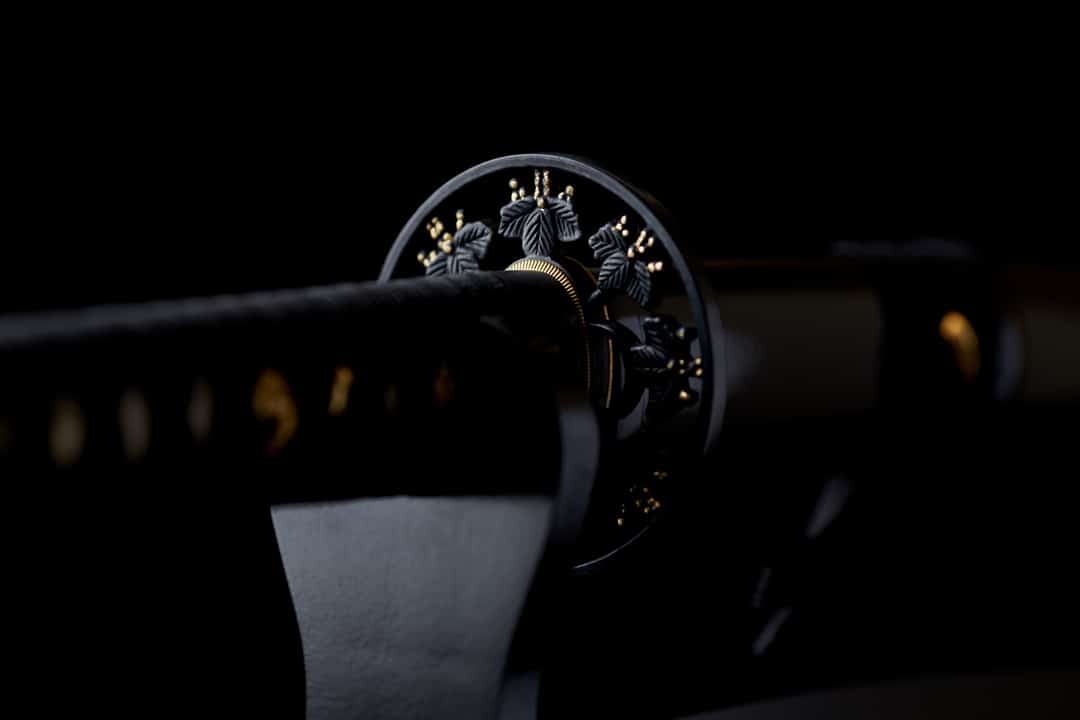
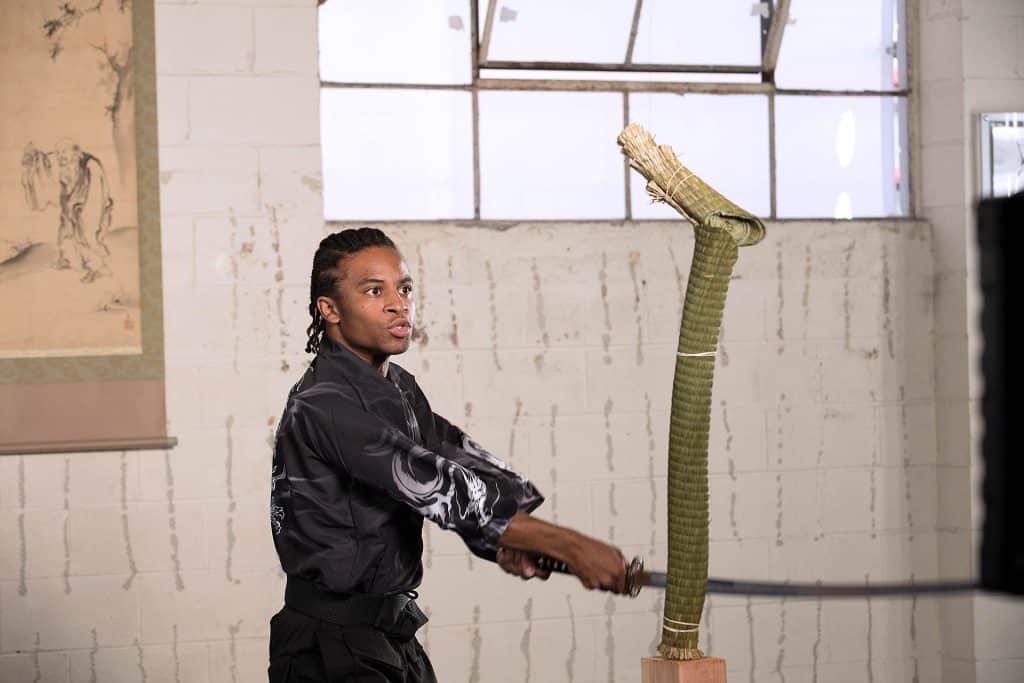

Test Your Knowledge
Feudal Japan's Warriors and Roles Unraveled
Samurai Sword Mastery: The Ultimate Challenge
Samurai Wisdom: Embark on a Journey Through the Ages